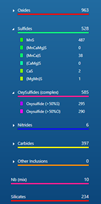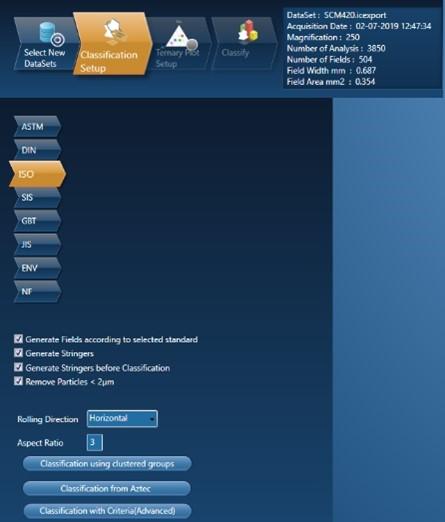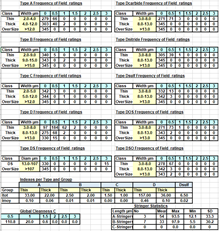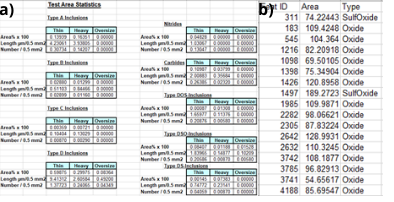产品
FIB-SEM
Nanomanipulators
OmniProbeOmniProbe Cryo软件
AZtec3DAZtecFeatureAZtec LayerProbeTEM
Hardware
EDSUltim MaxXploreImaging
软件
AZtecTEM
7th July 2021 | Author: Dr Hui Jiang
Clean steels can be defined as a steel with a minimal number of inclusions. The cleanliness of steels has been a topic of interest in recent years as we learn more about how these inclusions can negatively impact steels properties. Having a clean steel is critical for industries such as automotive, maritime and construction.
The cleanliness of steel is determined by the composition, size, number, and distribution of inclusions which have a significant influence on steel mechanical properties i.e. notch sensitivity, creep, and poor fatigue properties. Large non-metallic inclusions of any type are undesirable, while very fine inclusions can be either helpful or harmful. Therefore, fast and accurate evaluation methods for non-metallic inclusions are key to determine their influence on the quality of steel.
There are a number of rating methods to determine inclusion type and count. These are commonly presented in terms of severity and performed to a number of national and international standards. Some of these methods were originally developed using light optical microscopes (LOM). Using LOM requires time and expertise, limits the minimum inclusion size that can be detected and lacks chemical data.
This demand is better addressed with a scanning electron microscope (SEM) equipped with Energy Dispersive X-ray microanalysis (EDS) and dedicated particle analysis software AZtecSteel. The use of SEM and EDS adds further precision, as morphology can be determined precisely on either a micro or nano-scale. Chemical information is also available to distinguish between types of inclusions directly, not just by inference from shape. These data can be collected under full automation and does not demand attention of an operator. The process can be completed at speeds in excess of 30,000 particles per hour for full morphology and compositional screening with AZtecSteel. It delivers repeatability and accuracy, helping users eliminate the risk of subjectivity introduced by the human eye.
This example shows AZtecSteel analysing steel inclusions using EDS and then producing reports to a published standard method.
The sample is imaged using the SEM’s backscattered electron (BSE) detector. The inclusions are identified and separated from the steel matrix by automated thresholding. The threshold information is then used to determine where EDS measurements should be taken. Both morphology and EDS are measured automatically and instantly.
The image below shows a montaged image of SCM420 steel over a large area of 180mm2. Particles are coloured by their classification.


The resulting EDS data is analysed and rates the compliance of the inclusions to the required standard. It automatically processes the data in respect to:

Multiple datasets can be processed simultaneously for combined analysis.
AZtecSteel can report steel cleanliness in line with published standards, such as: ASTM E2142, DIN 50602, ISO 4967, SS111116, GBT 30834, JIS G0555, NV 10247, NF A04-106 and Pirelli Method.
It is easy to classify the same data set to more than one standard if required. This image (left) shows the interface of standard selection and classification setup.
Severity rating results will vary depending on the chosen standard - for ASTM E2142 severity ratings and stringer measurements will be calculated, and for DIN 50602 K-values will be determined. The results are generated in the format required for each individual standard, presented in software, and exported in Microsoft Excel.
The following severity ratings results are calculated for the ISO 4967 standard from the SCM420 steel sample. The data includes severity ratings for the different inclusion types and a summary table giving details of the stringers.

It also reports relevant data including:
Examples of these reports for ISO are shown below.


Example of (a) Statistics Summary Report; (b) Oversized Inclusions (c) Summary of Stringers; (d) Inclusion overview from SCM420 steel for ISO standard.
The results evaluate the cleanliness level of the steel which can be correlated to mechanical properties i.e. fatigue strength, tensile strength, yield strength, etc.
Hopefully, this gives you an insight of inclusion rating performed with AZtecSteel. To learn more about how AZtecSteel can help you to meet your publishing standards, view the full solution today.
We send out monthly newsletters keeping you up to date with our latest developments such as webinars, new application notes and product updates.
 公安机关备案号31010402003473
公安机关备案号31010402003473